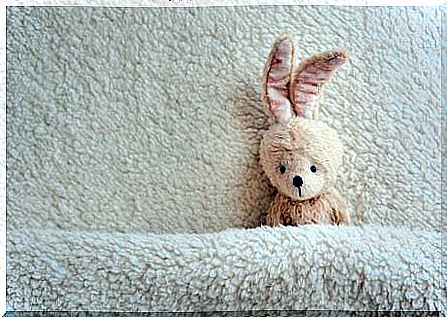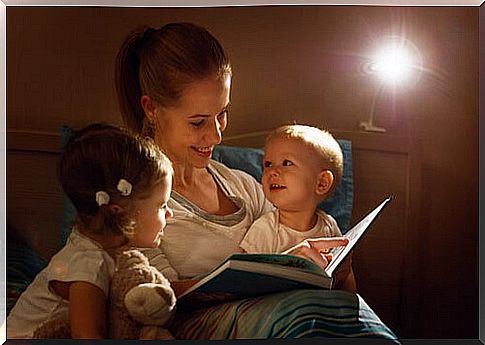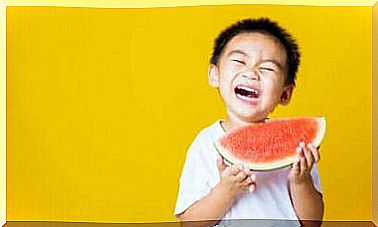The Rabbit Who Wants To Sleep

Of course, there is no one-size-fits-all solution, as each child is unique. However, there are many different tricks you can try, depending on each case.
Reading is a typical recommendation. Therefore, we would like to invite you to find out the benefits behind; The rabbit who wants to sleep .
The Swedish psychologist, Carl-Johan Forssén Ehrlin, wrote the book with a specific intention. He wanted to contribute with a simple method to help children fall asleep.
The rabbit who wants to sleep teaches children about values, and helps them overcome obstacles.

Characteristics of the Rabbit who wants to sleep
Since this book came out on the market, it has become a top-selling children’s story.
The book is coveted online, in stores and in libraries, and is available in 7 different languages so far.
Below, are some of the main characteristics of the book:
- The words that appear most in the book are: Sleep, tired, sleep and dreams.
- There are 26 pages in the book, filled with colorful illustrations. A rabbit, a sleepy snail and Uncle Yawn are the protagonists of the story.
- The author uses techniques of hints and relaxation to help the little ones fall asleep.
- A user manual is included with the book. It tells the reader how to make emphasis, when to speak with a lower voice pitch, and when to use effects such as yawning.
- Some of the instructions are marked in bold.
- The author uses simple language throughout the book.
Reading techniques for the Rabbit who wants to sleep
In The Rabbit Who Wants to Sleep , the author uses various linguistic and psychological techniques to achieve his goal.
Therefore, to achieve optimal results, the reader must use the same techniques.
For example, the reader must yawn under certain phrases so that it gives a realistic impression of the story. With other phrases, the reader should make the voice softer so that the child becomes more sleepy.
The author claims that by using these techniques, one creates a state of calm and relaxation for the listeners.

Additional recommendations for reading The Rabbit Who Wants To Sleep
The idea of the book is to communicate an unconscious message to children through reading.
If you do not consider yourself good at this, then there are some recommendations here:
- Grades. The protagonist of the story is a rabbit. However, the author recommends that you replace the rabbit’s name with your child’s name. That way, your child will identify themselves as the main character.
- Reading. The structure of the story requires an utterance of some of the phrases with a different tone or rhythm.
- Gestures. As you get through the book, you need to recreate the expressions that apply to each character in the story. At the same time, use the repetitions that appear in the book so that you, unconsciously, help induce drowsiness.
- Other helpful factors. In addition to reading the story, you also need to incorporate other details into your bedtime routine to increase your chances of success. A light dinner, a hot bath or an emollient massage are all effective ways to get your child to relax before going to sleep.
Does the story really help children fall asleep?
Thousands of parents swear by the effectiveness of this book. However, there are also those who oppose the method.
Some critics, while unable to dismiss the book’s sales success, claim that the technique is not magical.
Many parents confirm that the book is a great part of their children’s bedtime routine. However, they say that the book itself is not enough.
At the same time, a number of mothers and fathers claim that the effectiveness of the story lies in carefully following the instruction manual.
Therefore, any attentive reader who has experience of speaking slowly, and in a soft tone, can succeed in getting children to fall asleep.
It is important to remember that the book is aimed at children between 2 and 4 years. The story has no solid argument that older children will find entertaining.
It is up to each parent to discover how effective the Rabbit who wants to sleep is for their family.









